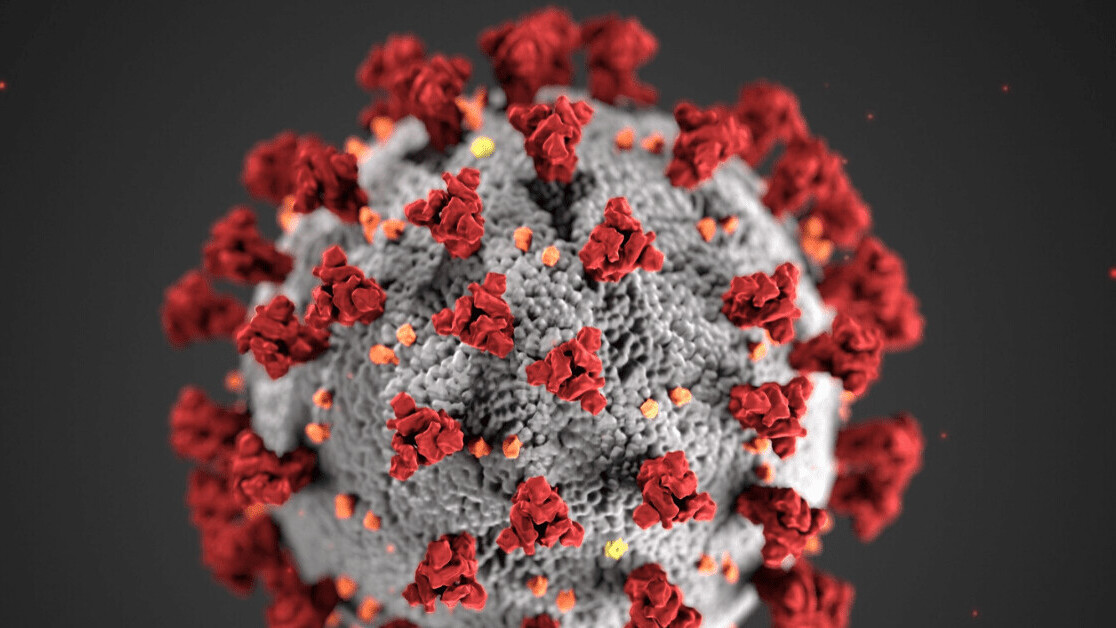An AI system that turns the coronavirus’ structure into music could help scientists spot details about COVID-19 that a microscope would miss.
The AI-generated tune is an audible representation of the coronavirus’ “spike” proteins, which spread the infection by poking out of the virus and binding to human cells. These spikes make the surface of the virus look like a crown — or “corona” in Latin.
The spikes are formed of protein building blocks called amino acids. Researchers from the Massachusetts Institute of Technology (MIT) turned these structures into sounds by giving each amino acid a unique note in a musical scale.
[Read: Researcher builds AI rapper to spit sick rhymes — with mixed results]
An algorithm then converted the data into a piece of music that reflects how the proteins are arranged. You can give the surprisingly melodic tune a listen below.
Why they turned the coronavirus’ structure into music
The project was led by MIT Professor Markus Buehler, who told MIT News that music offers unique insights into the coronavirus.
“Our brains are great at processing sound! In one sweep, our ears pick up all of its hierarchical features: pitch, timbre, volume, melody, rhythm, and chords,” he said.
“We would need a high-powered microscope to see the equivalent detail in an image, and we could never see it all at once. Sound is such an elegant way to access the information stored in a protein.”
Researchers can use the AI-generated tune to better understand how the virus infects human bodies. In the future, this compositional method could also help scientists design drugs that fight the virus.
“We could search for a new protein that matches the melody and rhythm of an antibody capable of binding to the spike protein, interfering with its ability to infect,” said Professor Buehler.
Get the TNW newsletter
Get the most important tech news in your inbox each week.





